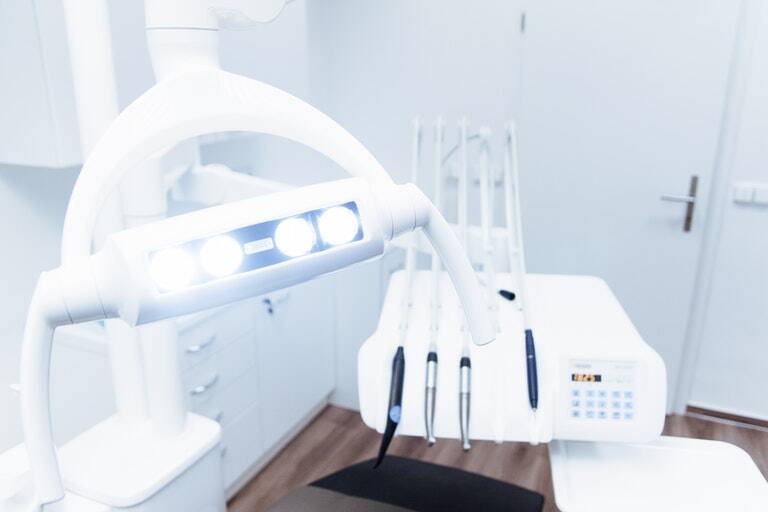In the past decade, healthcare has gone truly high tech. Whether it’s electronic health records (EHR), more precise CT and MRI machines, or just the main hospital server, greater digitization comes with its own risks. Add to that the legal ramifications of healthcare data leaks and hospitals are dealing with a crisis of epidemic proportions as they try to protect patient data.
The Fight Against Ransomware
Ransomware is one of the greatest threats to overall data security today, with an average of 4,000 ransomware attacks daily. But why target medical data? The primary reason is that medical files typically contain everything needed to steal someone’s identity and because medical systems can easily be coerced into paying for a resolution.
When the Eerie County Medical Center in Buffalo, New York was hit by a ransomware attack in April 2017, for example, they received a note demanding that the hospital “must send us 1.7 BitCoin for each affected PC OR 24 BitCoins to receive ALL Private Keys for ALL affected PC’s,” equal to about $44,000. What could they do? The hospital, a level 1 trauma center, couldn’t access its EHRs, email, or website. Ultimately it took millions of dollars and six weeks for the hospital to set everything right.
Other common points of entry in the healthcare system include MRI and CT machines – essentially any diagnostic tool or machine that is hooked up to the internet. With these machines, hackers target device infrastructure, which means they can do everything from access files through the internet connection to modify images or manipulate radiation levels. When it comes to hacking medical devices, the risk isn’t just one of security; security breaches threaten patients lives.
Protecting Your Patients
In order to protect patient records and their very health, hospital systems need to take aggressive steps to improve system security. That starts with a strong firewall.
Many devices lack sufficient processing power for next generation firewall (NGFW) and other advanced security strategies, making it hard to fully secure them. One way to strengthen your security is by allowing an overcapacity hospital firewall to burst to the cloud, rather than directly upgrading it. Depending on your system’s needs, you can scale your firewall using a regional security hub – allowing you to keep current appliances like that pricy MRI machine, or by using firewall bursting, which leverages cloud-based firewall to increase your system’s available power. Which you choose depends on your current system components, traffic, and overall architecture.
Hospital systems should also be more aggressive when working with vendors to be certain devices like MRI and CT machines are secure. These diagnostic machines are part of the IoT and they need to be managed in the same fashion as small-scale devices using encryption, two-factor authentication, and other security features.
Finally, though increased digitization and use of IoT increases medical precision overall, hospitals should consider where digitization is to the patient’s benefit and where it poses too great a risk. EHRs, for example, help maintain continuity of care and simplify record transmission between providers, but is it really to the patient’s advantage if their IV line is part of the IoT if that means risking an overdose? Requiring a live operator for sensitive functions like administering medications is a simple, low-tech way to protect patient health in this brave new world of technology.
At its core, medicine is a high-risk enterprise and that means providers should always be aware of the worst-case scenario, whether that’s data theft or diagnostic manipulation. Your patients’ lives hang in the balance. In 2018, digital security is part of your motto to “first, do no harm.”

